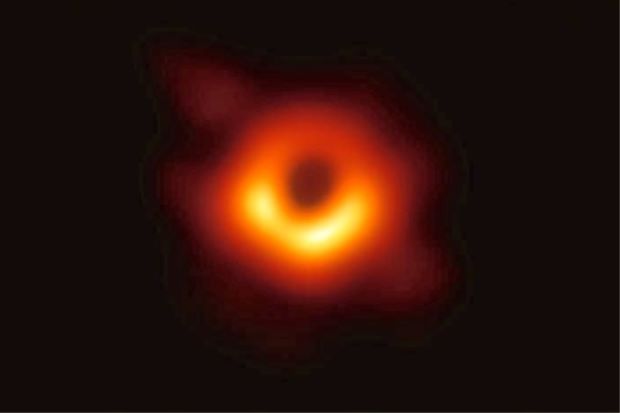UM part of black hole project
KUALA LUMPUR: Universiti Malaya has made its mark in space research, and with photos to prove it too.
An astronomer from the country’s oldest university was part of an international team that captured the world’s first images of a black hole.
Dr Juan Carlos Algaba, from the Radio Cosmology Laboratory at UM’s Faculty of Science, accomplished the scientific feat together with a team of over 200 researchers working together from around the world.
“I had mixed feelings looking at the images for the first time.
“It’s an achievement that we thought was impossible just a decade ago,” said the Very Long Baseline Interferometry (VLBI) expert before speaking about the results at UM yesterday.
Algaba, who is from Spain, joined UM as a senior lecturer this year.
The images were captured using the Event Horizon Telescope (EHT), an Earth-sized “virtual telescope” with unprecedented sensitivity and resolution.
Funded by the US National Science Foundation (NSF), European Research Council (ERC) and agencies in East Asia, the EHT is an international project that links telescopes deployed at high-altitude sites around the globe.
Data from the telescopes are then combined using highly specialised supercomputers.
Offering a new way to study the most extreme objects in the universe predicted by Einstein’s general relativity, EHT can achieve an angular resolution of 20 micro-arcseconds – enough to read a newspaper in New York from a sidewalk café in Paris.
On Wednesday, EHT researchers unveiled the first direct visual evidence of a supermassive black hole and its shadow in The Astrophysical Journal Letters.
Algaba co-authored several of the scientific articles.
“I made key observations with some of the telescopes in Hawaii and participated in workshops and preliminary data analysis at the MIT-Haystack Observatory.”
He said observations were challenging as they were at remote locations.
The data analysis process was also hard.
“But it’s very gratifying to be part of such a big project.
“Even though black holes have been theoreticised for several decades, they’ve mostly remained in the realm of science fiction.
“It’s a great privilege to be part of the team that revealed one for the first time.
“It was marvellous to see the image after all the years of hard work,” he said, adding that UM recently signed a Memorandum of Understanding with the East Asian Observatory for more EHT collaborations.
The recently revealed image shows the black hole at the centre of Messier 87, a massive galaxy in the nearby Virgo galaxy cluster.
This black hole resides 55 million light years from Earth and has a mass 6.5 billion times that of the Sun.
Multiple calibration and imaging methods revealed the black hole’s shadow – a ring-like structure with a dark central region.
Black holes are extraordinary cosmic objects with enormous masses but extremely compact sizes.
Their presence affects their environment in extreme ways, warping spacetime and super-heating any surrounding material.
Source : TheStar



